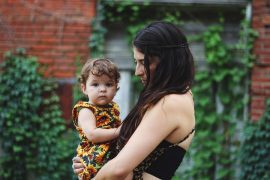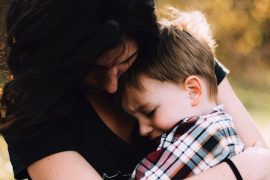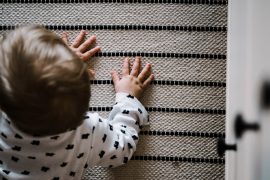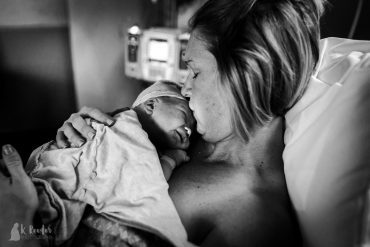4. Define the Problem.
Tip 1: Keep your voice calm
Tip 2: Remain neutral – don’t take sides
Tip 3: Only one person to talk at a time – no interruptions
Ask each child to explain their version of what happened, and why they are angry, sad or frustrated. Start with the child who has been hurt, or seems the unhappiest.
5. Adult ‘active listens’ to each child
After each child talks, reflect back both the feelings and the facts that you’ve heard the child say. Be warned – they may clarify certain parts of the argument! At this stage, both children will probably be looking at you.
6. Adult helps each child HEAR the other child.
Tip 1: Ask each child to look at each other
The disagreement is between the children. By looking at each other, they ‘own’ their relationship, and recognise that they are responsible for making the relationship work.
Tip 2: Ask each child to repeat back to the other child what they heard him or her say.
This is a VERY powerful step, and I think it is the secret to resolving conflict.
Once a child feels heard and acknowledged by the other child, much of the built-up feelings may dissipate (and the dispute may even dissolve). They are then able to move into the next step, which involves thinking.
7. Summarise the issue for each child.
Before moving into problem solving, I’ve found it useful to summarise the issues of both children.
8. Invite children to come up with ideas to solve the problem.
Tip 1: Begin with an age appropriate invitation to brainstorm, such as “Do you have any ideas that would help you both be happy?”
Tip 2: Don’t evaluate ideas – allow all ideas to come out first.
Tip 3: Write down (or draw) the ideas.
Problem solving teaches children to be considerate of the needs of others, and themselves. Preventing each child from evaluating the other’s ideas allows creativity and respect to flow.
9. Evaluate, choose, then implement the solution.
These three steps usually tumble out quickly once the ideas have been discussed.
10. Check the result
Coming back to see if the problem has been solved is essential.
You may discover that one person was not happy with the solution, or that the real reason for the conflict was not uncovered, and you can help them start the process again.
No-lose conflict resolution – a skill for life.
If we can teach children how to respectfully resolve their own relationship conflicts, then we are gifting them with a skill for life. They can transfer this skill to the playground; to playing with cousins and friends; to the workplace; to future relationships with their partners; and, importantly, to their relationship with their own children.
Extract from ‘Secrets to Sorting Sibling Squabbles‘
Larissa Dann is a parent and accredited parent educator. When she attended a peaceful parenting course twenty-plus years ago, her life (and that of her baby) turned around. Since then, she’s taught skills of gentle, peaceful, conscious parenting to thousands of parents, while attempting to put them into practice with her own children.
She is a writer, blogger, and community worker who enjoys bushwalking, nature photography, and treasuring the relationship she has with her adult children. You can read more of her work at Parent Skills, and find further peaceful parenting resources on her Facebook page.










